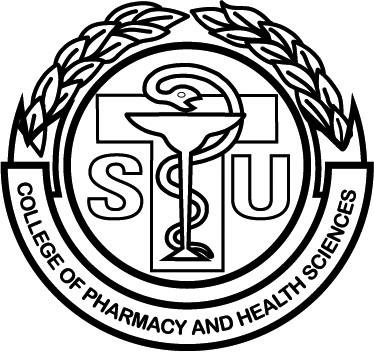Glucuronides hydrolysis by intestinal microbial β-glucuronidases (Gus) is affected by sampling, enzyme preparation, buffer ph, and species
Document Type
Article
Publication Date
7-1-2021
Abstract
Glucuronides hydrolysis by intestinal microbial β-Glucuronidases (GUS) is an important procedure for many endogenous and exogenous compounds. The purpose of this study is to deter-mine the impact of experimental conditions on glucuronide hydrolysis by intestinal microbial GUS. Standard probe 4-Nitrophenyl β-D-glucopyranoside (pNPG) and a natural glucuronide wogonoside were used as the model compounds. Feces collection time, buffer conditions, interindividual, and species variations were evaluated by incubating the substrates with enzymes. The relative reaction activity of pNPG, reaction rates, and reaction kinetics for wogonoside were calculated. Fresh feces showed the highest hydrolysis activities. Sonication increased total protein yield during enzyme preparation. The pH of the reaction system increased the activity in 0.69–1.32-fold, 2.9–12.9-fold, and 0.28–1.56-fold for mouse, rat, and human at three different concentrations of wogonoside, respectively. The Vmax for wogonoside hydrolysis was 2.37 ± 0.06, 4.48 ± 0.11, and 5.17 ± 0.16 µmol/min/mg and Km was 6.51 ± 0.71, 3.04 ± 0.34, and 0.34 ± 0.047 µM for mouse, rat, and human, respectively. The inter-individual difference was significant (4–6-fold) using inbred rats as the model animal. Fresh feces should be used to avoid activity loss and sonication should be utilized in enzyme preparation to increase hydrolysis activity. The buffer pH should be appropriate according to the species. Inter-individual and species variations were significant.
Recommended Citation
Ebuzoeme, Christabel; Etim, Imoh; Ikimi, Autumn; Song, Jamie; Du, Ting; Hu, Ming; Liang, Dong; and Gao, Song, "Glucuronides hydrolysis by intestinal microbial β-glucuronidases (Gus) is affected by sampling, enzyme preparation, buffer ph, and species" (2021). Faculty Publications and Scholarship. 3.
https://digitalscholarship.tsu.edu/copahs_facpubs/3



